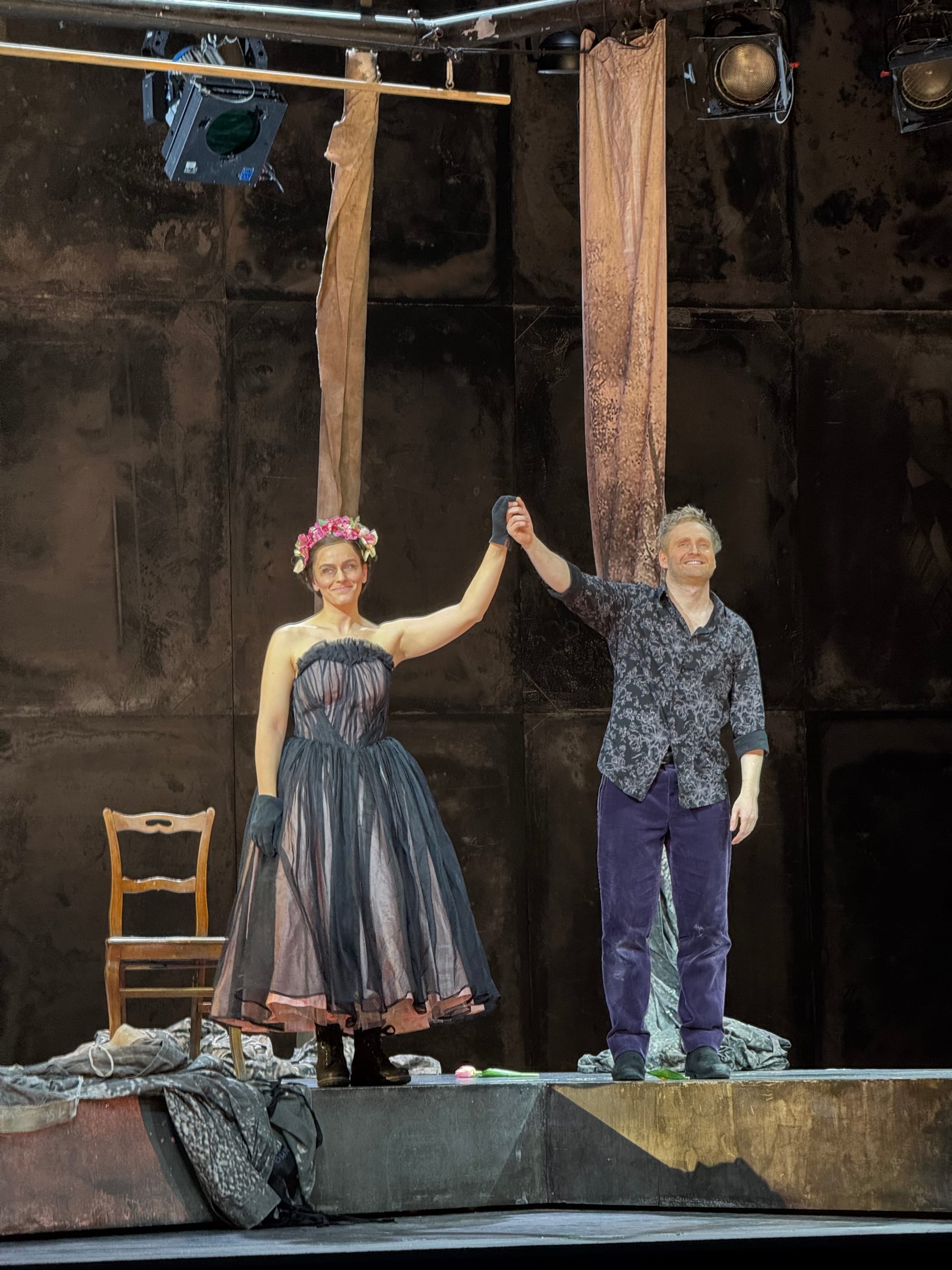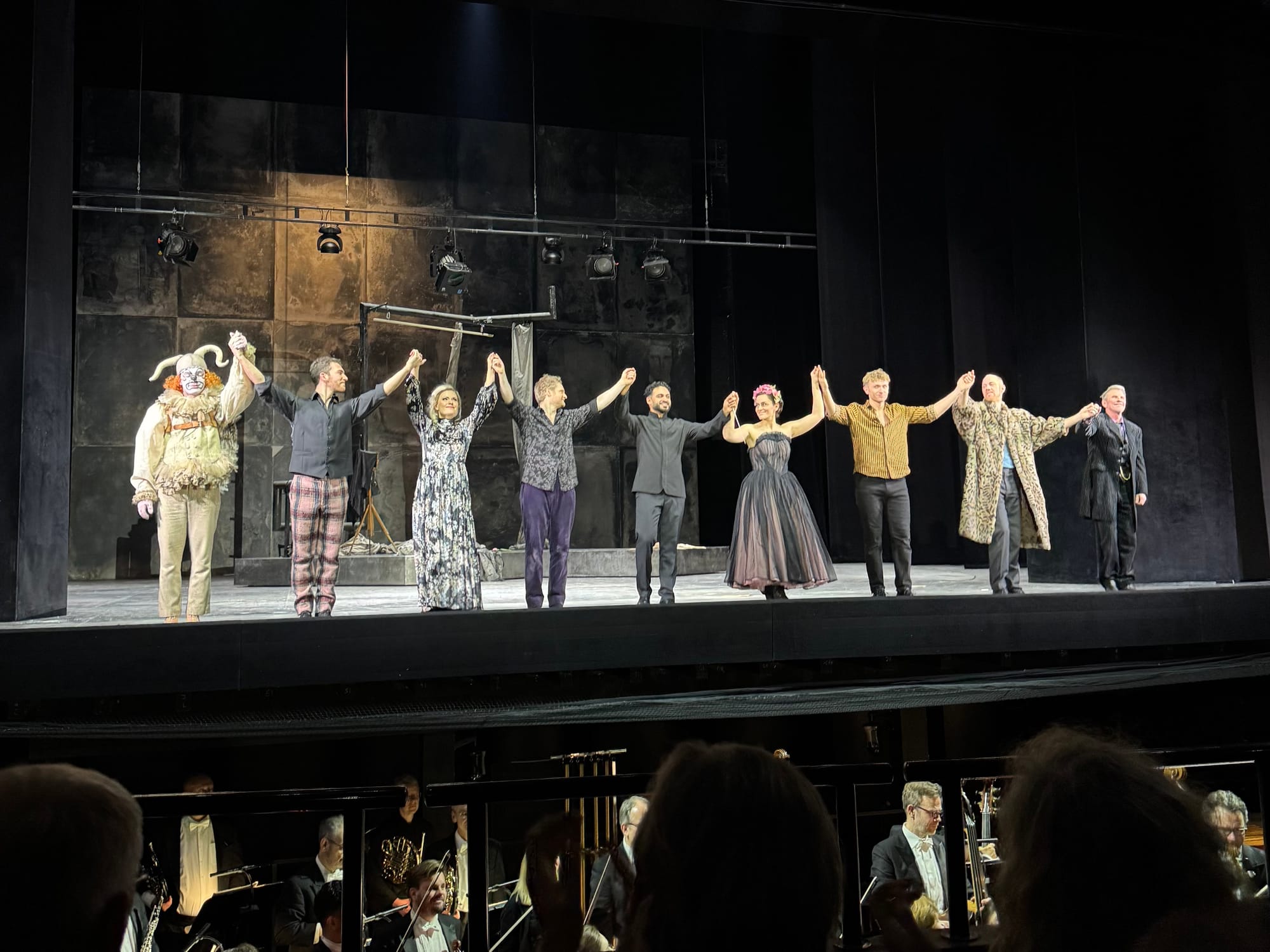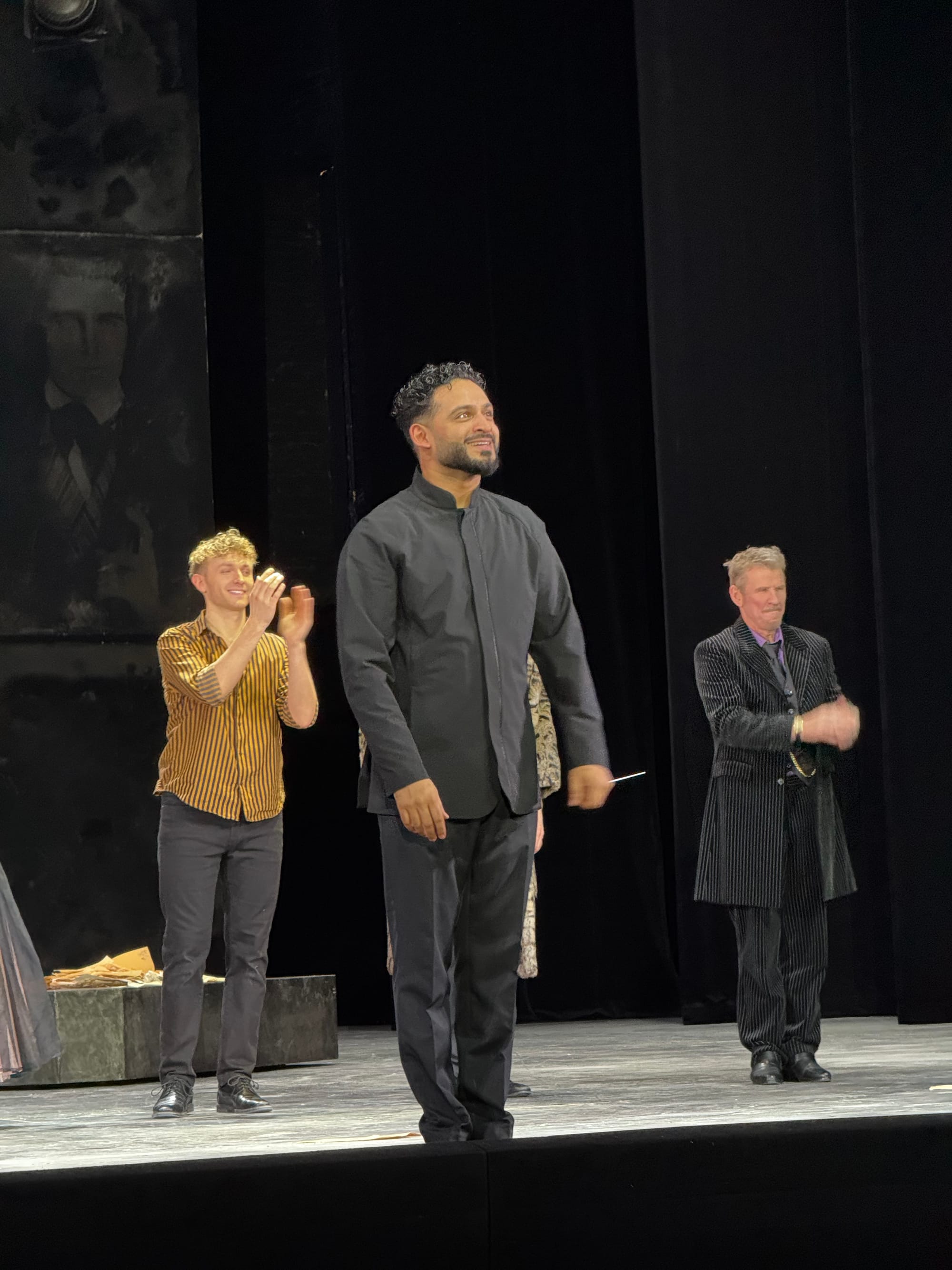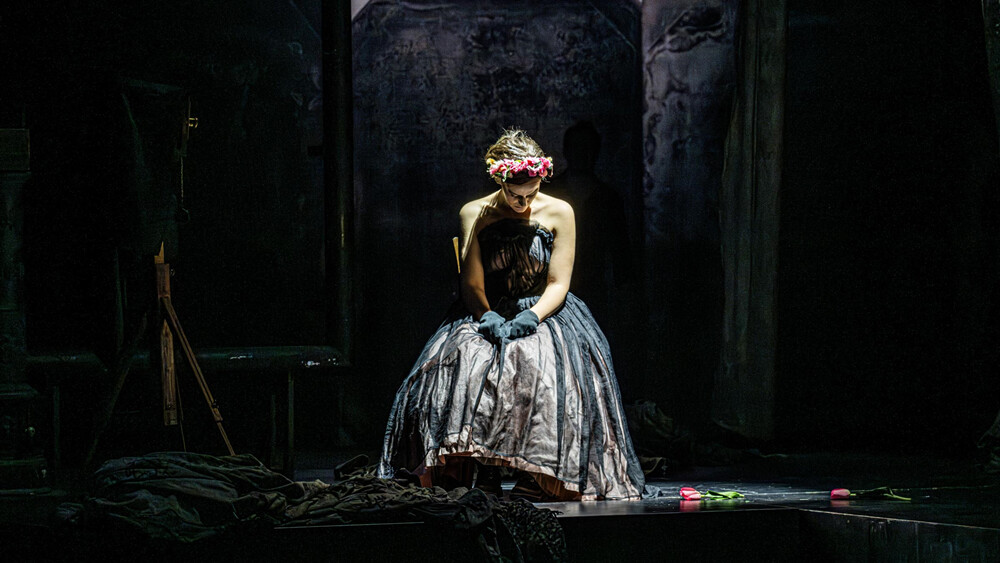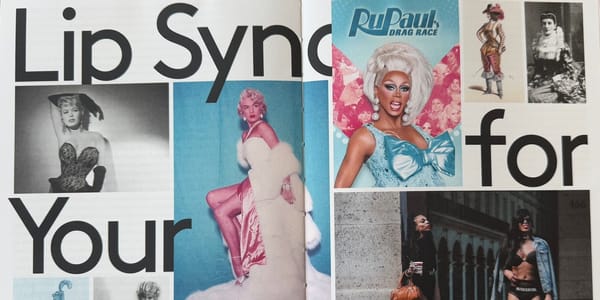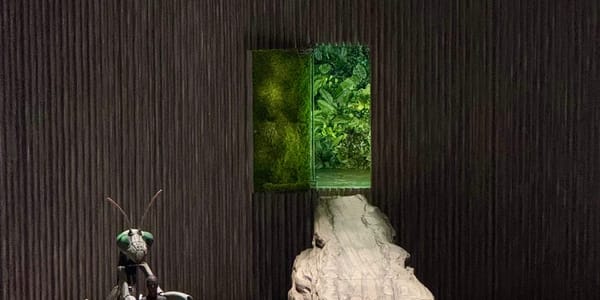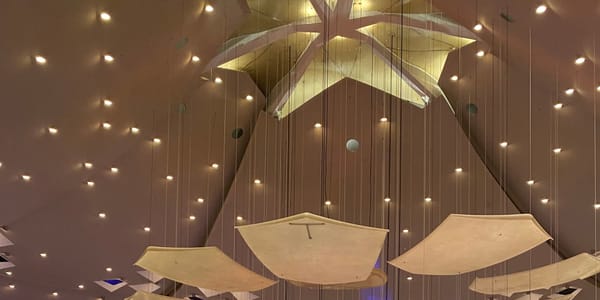La Bohème at Komische Oper Berlin
This refreshing staging dismantles well-worn BOHÈME clichés, peeling away layers like an onion to expose the opera’s essential human truths: gone are the picturesque Parisian rooftops, falling snow, and festive Christmas scenes.
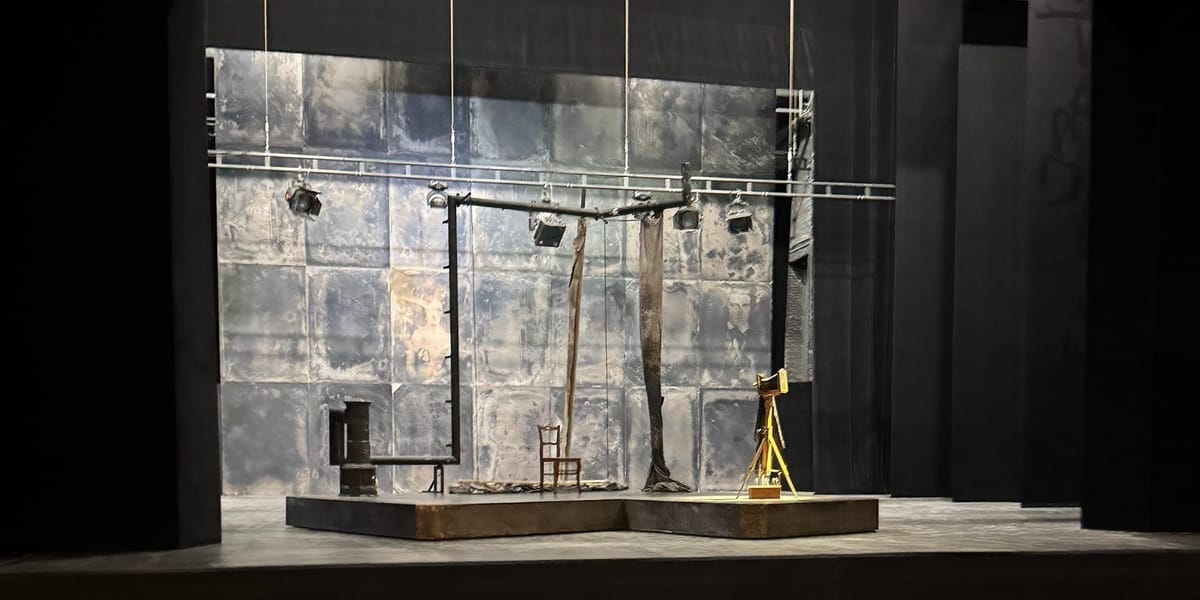
⭐️⭐️⭐️
🎭 La Bohème
🎶 Giaocomo Puccini
💭 Barrie Kosky, 2019
🏛️ Komische Oper Berlin
🗓️ 17.01.2025
“HOW DO I LIVE? I LIVE!”
This post serves as a reminder to myself to NOT wait two weeks before writing an opera review. With Life™ distracted by the relentless onslaught of information, current events, short-form videos, and visits to other performances, it can be difficult to recall the finer details. But here we are, and I’m piecing together my impressions of LA BOHÈME at Komische Oper Berlin, a production that strips away convention to reveal something raw, contemporary, and deeply affecting.
This refreshing staging dismantles well-worn BOHÈME clichés, peeling away layers like an onion to expose the opera’s essential human truths. Gone are the picturesque Parisian rooftops, falling snow, and festive Christmas scenes. The beloved toy vendor is now a lamenting, drunken clown, and the innocent children of Act II belong to the sex workers of Café Momus. These changes don’t feel forced; rather, they offer a new perspective, allowing themes of love, loss, and fleeting youth to shine through unfiltered.
Visually, the production is timeless. Costumes pull from different eras—some characters appear modern, while others channel 1950s couture—reinforcing the opera’s enduring relatability. At the same time, Komische Oper’s signature queerness is woven effortlessly into the staging. Café Momus transforms into a cabaret-inspired spectacle with burlesque dancers, drag queens, and an atmosphere of hedonistic excess—an honest nod to the bohemian subcultures that inspired the opera.
The production centers Mimì’s illness in a way that feels devastatingly intimate. This BOHÈME frames the story as a group of carefree friends who, for the first time, must confront mortality within their circle. The result is one of the most moving renditions I’ve seen to date (I cried three times). It also amplifies the Bohemians’ playful spirit—notably in Act I, where the landlord demanding rent is never seen. Instead, Rodolfo, Schaunard, and Colline impersonate him in a theatrical farce, making their antics feel more like genuine camaraderie than slapstick comedy.
While we ardently await Komische Oper’s move back to its main house in Mitte, I can’t help but appreciate the Schillertheater’s intimate atmosphere. Its human-scale stage and close auditorium create a connection unmatched by any other opera house in Berlin. This modern, deeply personal BOHÈME proves that even the most familiar operas can still surprise and move us when viewed through a fresh lens—stripping away tradition without losing the heart of what makes Puccini’s masterpiece timeless: the beauty of love, the pain of loss, and the fleeting intensity of youth.

